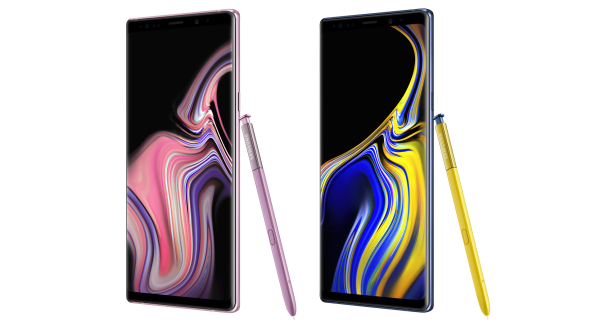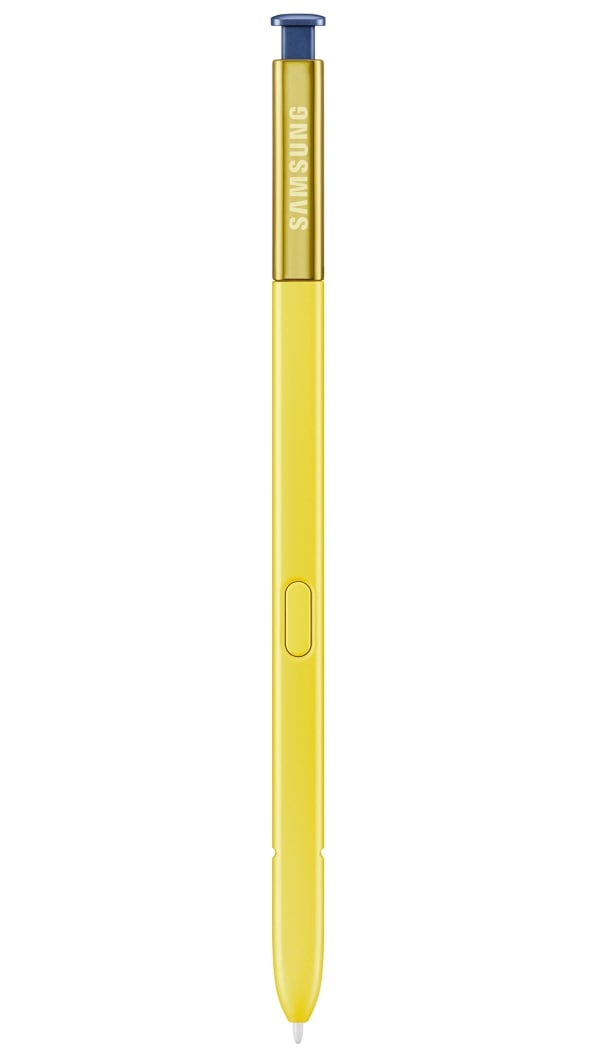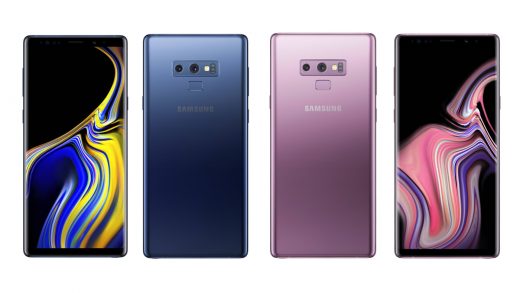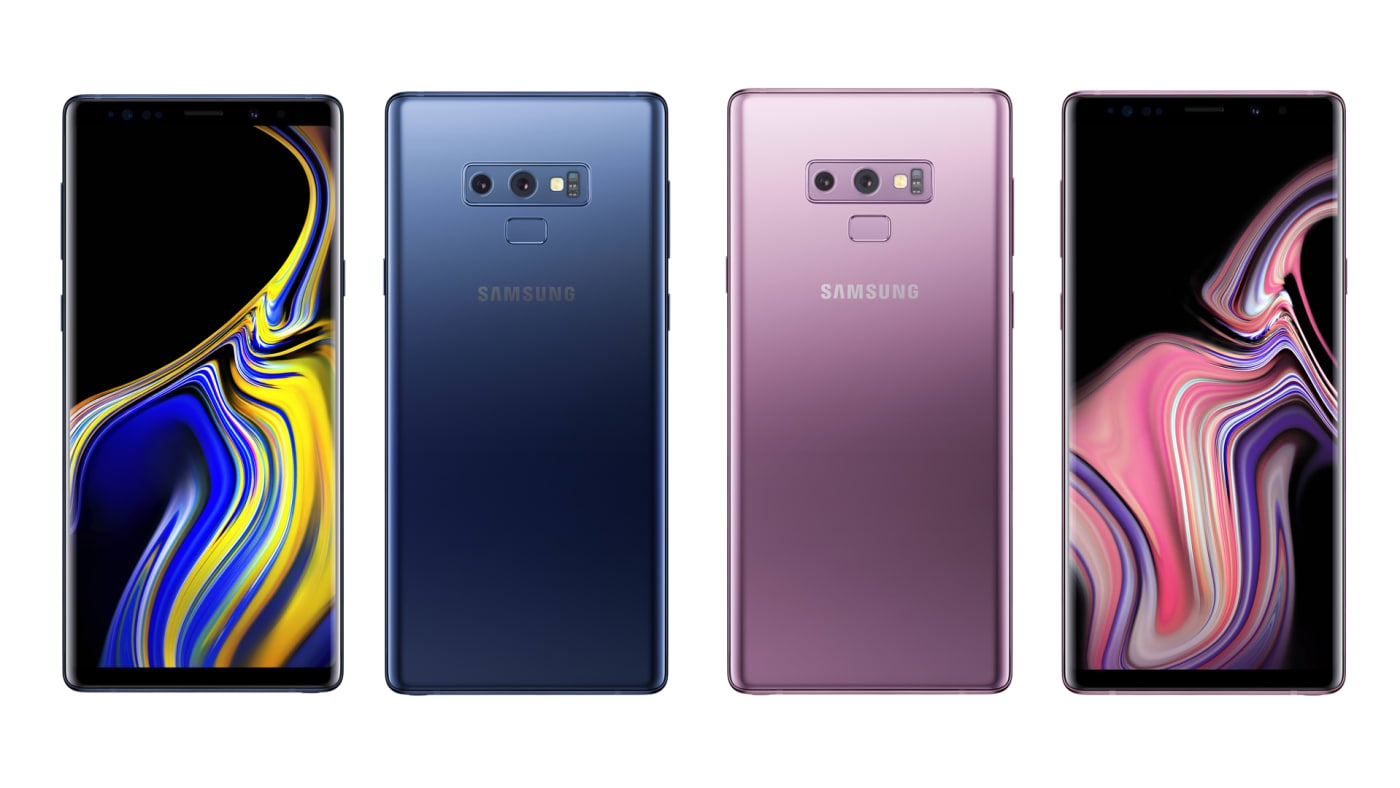Samsung’s Galaxy Note 9 and the triumph of the phablet
“When we first made the Note, not everybody knew what to make of it.”
It’s not often you see a tech company troll pundits about their past reactions to its products. But at Thursday’s Samsung “Unpacked” event in New York, the company led into its Galaxy Note 9 unveiling with a video recapping some of the reactions to the original Galaxy Note, in 2011. Back then, that model’s 5.3? display seemed so spacious that many people looked at the Note as one part phone, one part tablet–i.e., a “phablet”–and questioned the whole idea. “Samsung has no idea what they are doing,” one 2011 commentator helpfully explained in Samsung’s recap. Another compared the phone’s oversize form factor to a piece of toast.
I recalled that initial skepticism, but what I didn’t remember was my own analysis of the first Note, which I saw for the first time when it was announced at the IFA gadget-fest in Berlin. So I pulled up my 2011 story and found that I was mostly respectful and even said I might like to own one. But I did add that “If you hold it up to your ear to make a call, you’re going to look silly.” Over at Time, my present Fast Company colleague Jared Newman reviewed and liked the phone, but said the same thing: “You’ll also look a little silly making phone calls, holding the humongous Galaxy Note up to your ear.” Both of our reactions are eerily reminiscent of a sound bite in Samsung’s video: “The bottom line, you’re going to look really dumb holding this up to your face.”
Clearly, even people who weren’t instinctively anti-phablet didn’t anticipate the sort of success the Galaxy Note would have. (An earlier big-screen phone, the Dell Streak, briefly attracted a lot of attention but was clunky and short-lived.) The Note’s influence helped create a gravitational pull that led to most smartphones getting bigger over time–including, eventually, iPhones. Today, the typical smartphone is something that would have been considered a phablet in 2011. And at 6.4?, the screen on the new Galaxy Note 9 is big, but not bizarrely big by current standards.

Still, even though Samsung’s S9 and S9+ also have excellent, roomy displays, the Note remains targeted at customers who care most about a phone’s screen, says Samsung senior VP, Justin Denison, whom I chatted with after Thursday’s event. “Oftentimes, we refer to the Note’s screen as a canvas,” he told me. “What artist doesn’t want a larger canvas? Or what person who is on the go and trying and solve problems in their life, or be productive at work, what person doesn’t doesn’t want a larger tool, or a bigger capability, a better technology to get that done? So that canvas is what defines the Note.”
In the early days of the Galaxy Note line, Samsung scratched that itch primarily by making each new model with a noticeably larger screen than the last, like a line of cars that gets more leg room with each new iteration. But as the maximum screen size of new Galaxy Note models started to reach equilibrium, Samsung curved the glass so the left- and right-hand sides of the display could run right off the phone’s sides, got rid of as much bezel as possible, and switched to a taller aspect ratio. This design evolution has resulted in this year’s 6.4? Galaxy Note 9 actually being narrower than 2011’s 5.3? model, thereby preventing it from devolving into a hand-straining monster.

Along the way, Samsung also kept improving the Note’s Super AMOLED display technology, not only resulting in better image quality but also features such as the ability to jot notes with the Note’s S Pen, even when the screen is turned off. “Even if the absolute screen diagonal didn’t change significantly from year to year, really underlying enhancements in the screen is where we focused on a lot of our energy,” says Denison.
It wouldn’t be the least bit surprising to see Samsung increase future Galaxy Note models’ screen sizes at least a skosh; even Apple is rumored to be working on a 6.5? iPhone. Overall, though, the fact that the Note’s upgrade path has de-emphasized additional screen acreage in favor of more refinement has been healthy. As Galaxy Notes have become less of a novelty, they’ve become substantially better phones.
When the Galaxy Note was a novelty, that term–“phablet”–was everywhere. (I’m not sure who coined it or when, but AndroidGuys’ Scott Webster used it in a post in June 2010–well over a year before the announcement of the first Galaxy Note–and sounded like he had just come up with it.) It was a silly-sounding name for a class of phones that many people considered to be silly, and I wouldn’t be surprised if phablet haters were far more predisposed to use it than phablet lovers–even though I heard people in Samsung’s employ bandy it about back in 2011.
In 2018, phablet-size phones dominate the market, but the term itself has largely fallen out of use. This Google Trends chart, showing searches for the “phablet” from the first Note’s launch to the present, tells the story.

Normally, with a chart like this, the gist would be that decreased use of a search term indicated that people had lost interest in the subject. With consumer technology, however, the fact that folks stop talking about something is often a sign not that it’s failed but that it’s everywhere and therefore not worthy of mention. The phablet class of phones, which Samsung kickstarted with the Note, didn’t merely become popular. It came to own the market so decisively that it’s nearly a synonym for another word we still use all the time: “smartphone.”
(26)



